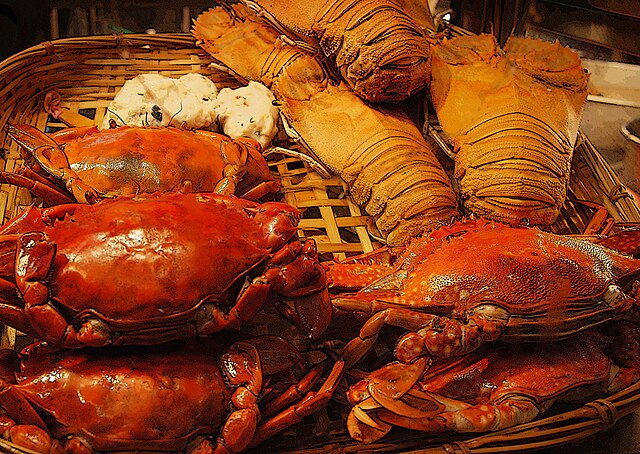Between June 1 and early September 2025, lobster authorities in Nova Scotia, southeast Canada had removed 1,000 traps for placement out-of-season.
The Fisheries Department recounted that by September 1 it had dislodged the thousand traps and freed 4,400 lobster.
This follows the end of the main commercial season on the Atlantic coast in June, with the next starting December.
During the lull period, members of the First Nations tribes can continue fishing but cannot sell their catches commercially.
It is not clear whether the arrests were to do with fishers who sold their hauls or outsiders fishing in tribal waters.
On July 31, officers detained 6 illegal fishers in Yarmouth County while on August 27 arrested four more on St. Mary’s Bay.
Under a 1990 precedent of a Supreme Court of Canada ruling, indigenous fisheries are only accessible to members of First Nations. These fishers, however, cannot sell their hauls during the commercial off-season.
The First Nations enjoy this privilege because they have traditionally depended on fishing for subsistence and for carrying out ceremonies.
Florida, too
The same situation affected fishers in Florida, who in their part are coping with immigrant arrests in their midst.
According to the New Minimalist on September 6, 2025, crew raids on boats to identify illegal immigrants are affecting lobstering activites.
Under the Trump administration, illegal immigrants from nearby Latin American origins are either charged at court or deported.
This is happening during the main lobster season in the Sunshine State, which runs from August 6 to December 10.
Florida, unlike Nova Scotia, mainly lands spiny lobster versus Canada’s world-beating Homarus Americanus species. And as the following statistics indicate, the southwest Canada province is one of the powerhouses of the crawfish, nationally.
Nova Scotia Lobster Statistics
Nova Scotia is a province on the southwest of Canada on the Atlantic coast. Its fisheries fall along Canada’s 26a to 35 licensed fishing areas (LFAs). It is one of the leading hubs of lobster not just nationally but globally. According to the province’s Fisheries & Aquaculture department, the province lands around 51,000 tonnes of lobster annually, as of 2014. This represents around $570 million in annual revenue (2014) or three-quarters of the total export value of national lobster exports. Most of this revenue comes from the bottom of the ocean where the fishers place their traps with baits.
Where do Nova Scotia’s fishers sell their lobster?
In any given year, about 60% of lobster catches from Nova Scotia end up in the United States. The rest either sells in other provinces within Canada or undergoes non-commercial domestic consumption by the First Nations tribes.
Do lobster sell well in Nova Scotia?
Seasonal prices are the mandate of the Fish, Food and Allied Workers (FFAW) and the Lobster Processors Association. Market prices in Nova Scotia mostly fall between C$8 and 15 per pound in normal times. During low demand, prices can fall to C$6.50 a pound as happened in May 2025.
What is the lobster export value in Canada?
The lobster export value in Canada totaled 87,189 tonnes in 2023 and 80,365 tonnes in 2024. The industry’s total trade value amounted to $2,641,169 in 2023, according to the government of Canada.
